CONTENT FILTERING DEFINED
Content filtering is the act of blocking unwanted web content and allowing “appropriate” or “favorable” content to be visitable. At DNSFilter, we do content filtering at the DNS level backed by our machine learning, Webshrinker.
Our machine learning has been trained to categorize never-before-seen sites, meaning we have the most accurate and up-to-date content classification available. DNSFilter customers can choose from over 35 content categories, 7 threat categories, and safe search options that they can block or allow. This gives our users the ability to completely customize the content they’d like to block and allow.
BATTLING CHILD ABUSE ONLINE
We recognize that some websites should never be viewed. And more than that, when images of child sexual abuse are found online, they need to be removed. This is why we've partnered with the Internet Watch Foundation (IWF) and Project Arachnid. These organizations, are doing incredibly important work and we are proud to partner with them in their fight to end the cycle of child sexual abuse. The IWF and Project Arachnid's domain feeds are automatically blocked on the DNSFilter network and are the only category on our network that cannot be turned off.
CIPA COMPLIANCE
For schools or libraries that need to gain CIPA compliance, DNSFilter makes it easy. The Children's Internet Protection Act (CIPA) started in the early 2000s as a way to keep children safe online while in public places. CIPA compliance includes restricting access to inappropriate and harmful internet content while creating a safe and secure place for students to use online communications.
BLOCK WEBSITE CONTENT AT THE DNS LEVEL
When you filter website content at the DNS level, you’re able to block threats and traffic to inappropriate websites earlier than other methods like traditional firewalls. Blocking content at the DNS layer means fewer threats get through your defenses and inappropriate sites aren’t as easily circumvented. Stopping the DNS request means that a website you want to block is never seen by the end user, preventing any harm that can be done by that site.
DNSFILTER CONTENT FILTERING CATEGORIES
- Abortion
- Adult Content
- Alcohol & Tobacco
- Blog & Personal Sites
- Business
- Dating & Personals
- Drugs
- Economy & Finance
- Education & Self Help
- Entertainment
- Food & Recipes
- Gambling
- Games
- Government
- Hacking & Cracking
- Health
- Humor
- Information Technology
- Jobs & Careers
- Media Sharing
- Message Boards
- News & Media
- P2P & Illegal
- Real Estate
- Religion
- Search Engines
- Shopping
- Social Networking
- Sports
- Streaming Media
- Terrorism & Hate
- Travel
- Vehicles
- Virtual Reality
- Weapons
- Webmail & Chat
FREQUENTLY ASKED QUESTIONS
Join over 40,000 brands that trust DNSFilter
to keep them secure






